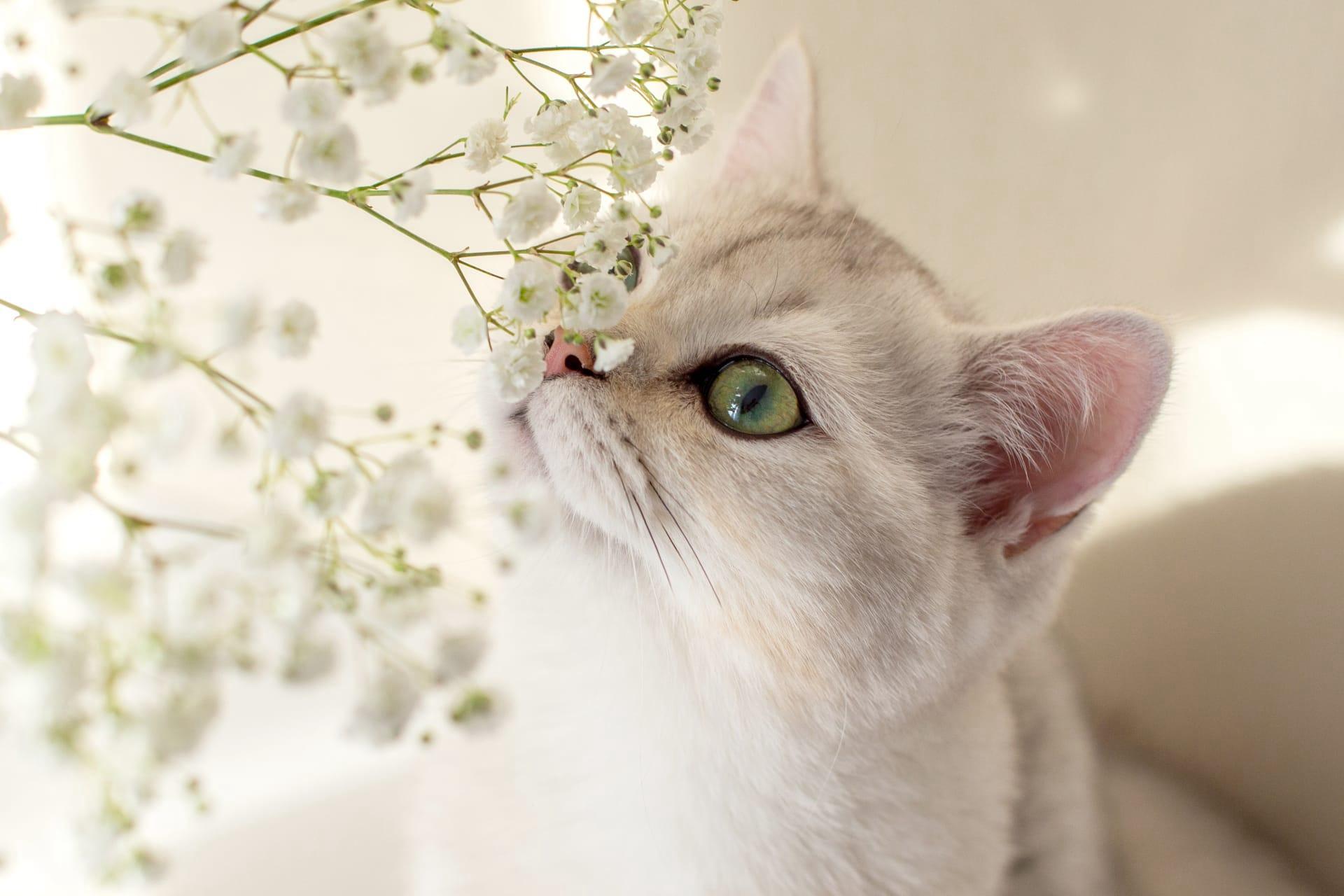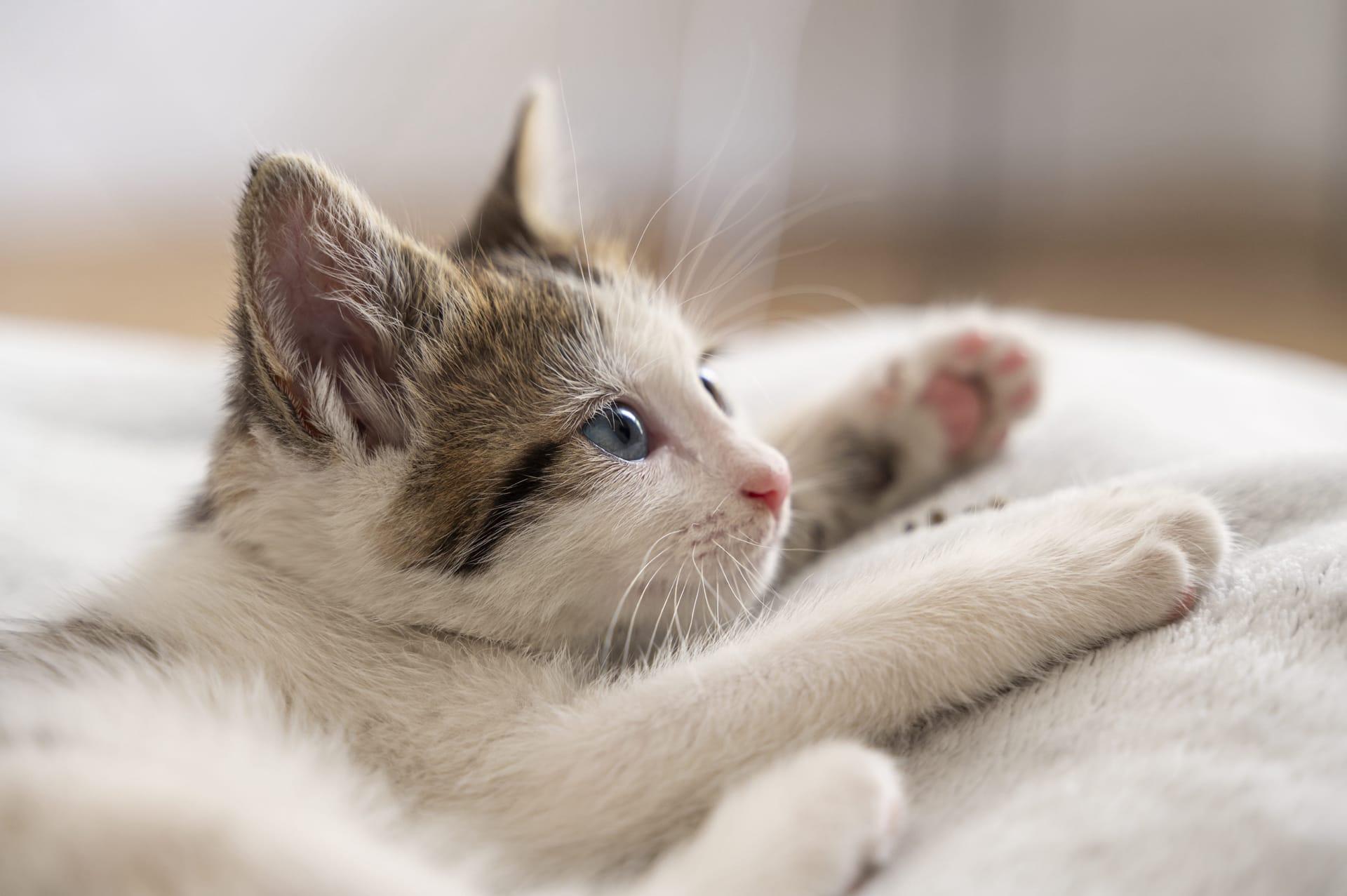Cat
- Home /
- Mini Encyclopedia /
- Animal /
- Cat
1
Cats, known scientifically as Felis catus, belong to the Felidae family, which includes big cats like lions and tigers. The domestic cat is a small, carnivorous mammal, a classification that highlights its meat-eating nature. Domestic cats are descendants of African wildcats, Felis silvestris lybica, and their domestication is believed to have occurred around 7500 BC in the Near East. Over generations of breeding, several distinct breeds have emerged, with the International Cat Association currently recognizing over 70 breeds. These breeds vary significantly in size, coat patterns, and colors, ranging from the sleek Siamese to the fluffy Maine Coon.
Cats are known for their adaptability and have spread to almost every corner of the globe. Their distribution is largely due to human activity, as cats have been companions and pest controllers since ancient times. You can find cats on every continent except Antarctica. They thrive in a variety of environments, from rural farmlands to dense urban areas. Despite being domesticated, many cats can live as feral animals, often forming colonies. The global population of domestic cats is estimated to be over 600 million, with the United States alone having over 90 million pet cats.

2
Question: A common misconception about cats is that they are solitary creatures who prefer to live alone.
Answer: In reality, cats can be quite social and form complex relationships with humans and other animals. While it's true that cats are more independent than some pets, like dogs, they often enjoy the company of others and can form strong bonds. Studies have shown that cats can develop social groups, especially when resources like food are abundant. They communicate through various vocalizations, body language, and scent marking. Cats also show affection and establish territories, indicating a level of social complexity that contradicts the myth of the 'lone hunter.'

3
Cats have several survival strategies that make them successful as both domestic pets and feral animals. One key strategy is their hunting ability. Cats are natural predators, equipped with sharp retractable claws, keen night vision, and a highly tuned sense of hearing. This makes them excellent at catching prey like rodents, birds, and insects. Another survival tactic is their agility and reflexes. Cats have an amazing ability to balance, climb, and make precise jumps, which helps them escape danger and explore their environment.
Another aspect of a cat's survival strategy is their communication. Cats use a range of vocalizations, from meows to purrs, to communicate with humans and other cats. They also use body language, such as tail positioning and ear movements, to convey their feelings and intentions. This ability to communicate effectively helps them navigate complex social structures and environments. Additionally, cats are known for their grooming habits, which keep their coat clean and help regulate body temperature, contributing to their overall health and survival.

4
In the ecosystem, cats play a dual role as both predators and prey. As predators, they help control the population of small mammals and birds, which can be particularly important in urban areas where these creatures may become pests. This predatory nature helps maintain a balance in the local ecosystem. However, it's important to note that in some cases, especially on islands or in environments where cats are an invasive species, they can pose a threat to native wildlife, leading to ecological imbalances.
The role of cats in the ecosystem extends beyond their predatory behavior. They are also a part of the food chain, serving as prey for larger animals like coyotes, eagles, and large snakes in certain environments. Furthermore, cats contribute to the dispersal of seeds and nutrients through their feces, playing a small but significant role in soil fertilization and plant diversity. Their interaction with humans also adds to the ecosystem, as they help control pest populations and provide companionship, which can have psychological and health benefits for their human caretakers.

5
Film: "The Lion in Your Living Room" is a Canadian documentary released in 2015. It explores the evolution, behavior, and the unique relationship between cats and humans. The film delves into how cats have retained their hunting instincts and what domestication has meant for their place in the modern world. It's a fascinating look at the science behind one of the most popular pets on the planet.
Book: "Cat Sense: How the New Feline Science Can Make You a Better Friend to Your Pet," written by John Bradshaw and published in the United Kingdom in 2013, offers a blend of history, science, and practical advice. Bradshaw uses his expertise in animal behavior to demystify common myths about cats and provide insight into their true nature.
Book: Another notable book is "The Inner Life of Cats" by Thomas McNamee, released in 2017 in the United States. This book combines scientific research with personal anecdotes to explore the emotional world of cats. McNamee discusses the cognitive abilities of cats and their emotional depth, providing a deeper understanding of their behavior and the bond they share with humans.